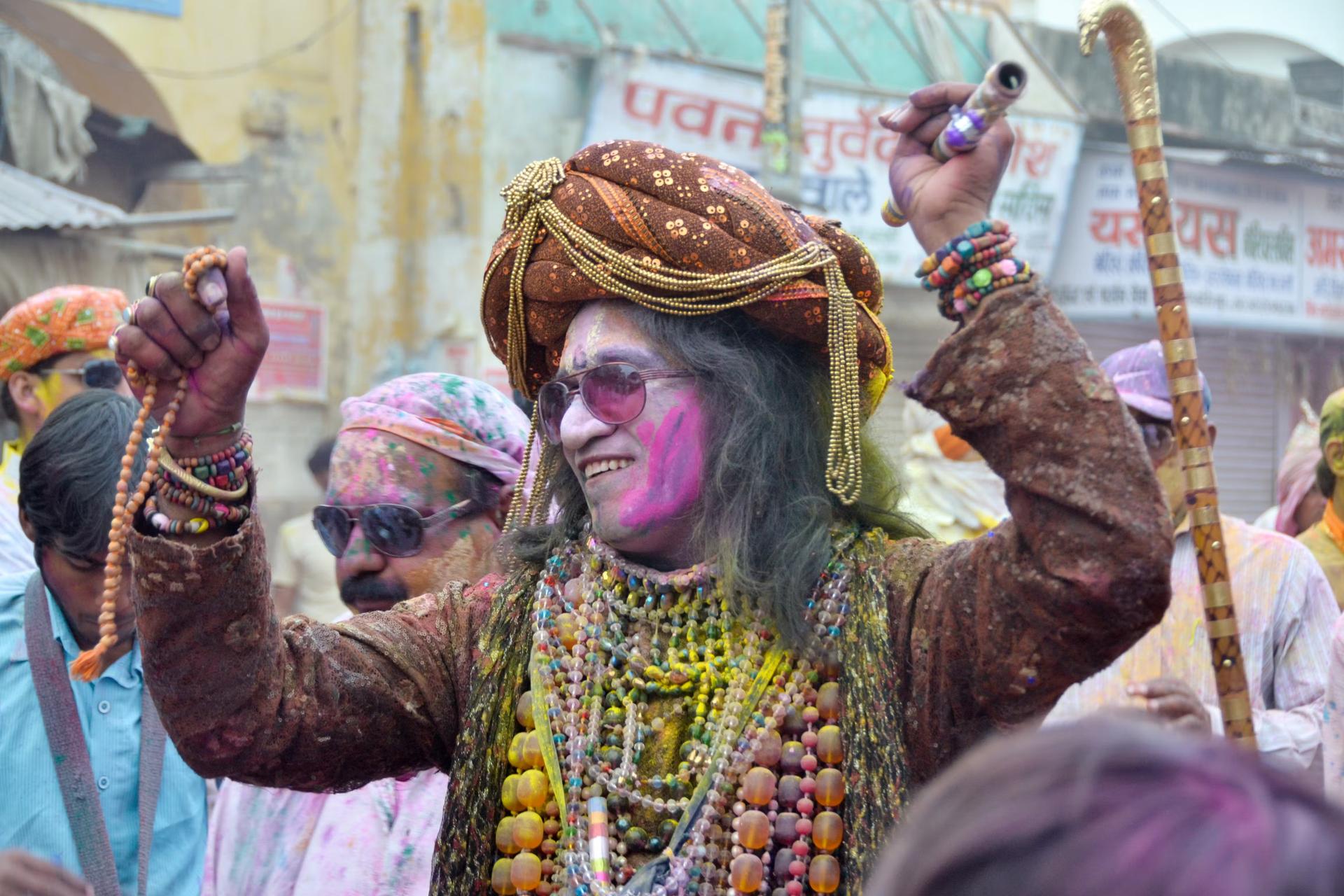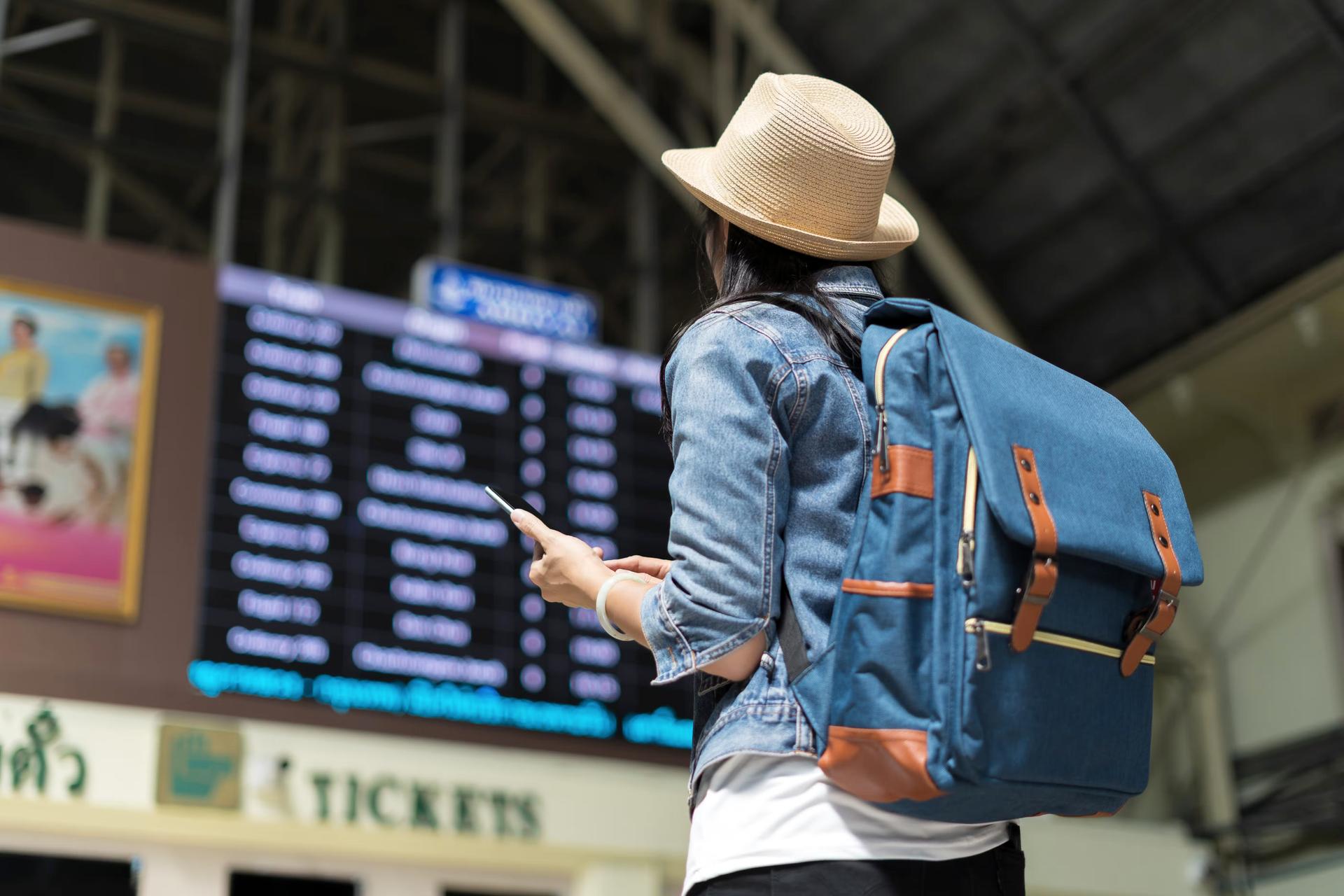
India seems like dozens of countries rolled into one.
Every Indian state is as large and diverse as a nation, and you’ll want to take your time navigating this enormous and fascinating country. The good news is that visas are easy to obtain and allow plenty of time for exploring.
Here’s everything you need to know about visas for India, from the application process for e-Visas to overland travel and extending your stay.
Discover the world’s most intriguing experiences with our weekly newsletter delivered straight to your inbox.  For many travelers visiting India, an e-Visa can be filled out via a simple online form © nisargmediaproductions / Shutterstock
For many travelers visiting India, an e-Visa can be filled out via a simple online form © nisargmediaproductions / Shutterstock
You’ll probably need a visa to go to India
Almost everyone needs a visa to visit India, but for most nationalities, tourist visas are easy to obtain. Citizens of 164 countries – including most nations in the EU and EEA, the UK, the US, Australia and New Zealand, and many countries in Asia, Africa, the Middle East and Latin America – can apply for an e-Visa before traveling via a simple online form.
It’s a fairly painless process, and it will save you hours compared to applying in person at an embassy or a designated Indian visa office (some embassies no longer issue visas directly). Tourist e-Visas are available for 30 days, 1 year or 5 years, with the 1- and 5-year visas allowing for multiple entry (there are restrictions on continuous stays during that time of 90 or 180 days depending on your nationality).
The 30-day visa allows two entries into India, which is handy if you’re planning a side trip to Nepal, and can be applied for up to 30 days in advance of travel. All e-Visas take at least 72 hours to process, so be sure to apply in plenty of time (4 days in advance is the recommended time).
Want some help? Let Elsewhere plan your next trip.
E-Visas have been reintroduced, so you can apply online
As of December 2022, the e-Visa portal can be used to apply for tourist visas, business visas, visas for medical treatment and attending conferences. The cost of the visa varies depending on your nationality.
The rules for non-tourist visas can be strict. Business travelers need to provide a copy of their business card or letters of introduction from Indian companies and organizations that they plan to meet. Business visas are usually valid for multiple entries with a validity of one year.
As with all visa requirements, the situation is subject to change. Contact your local Indian embassy or consulate for more information.
Applying for an e-Visa is fairly straightforward
To apply for an Indian e-Visa, visit the government’s official e-Visa portal. You’ll need to upload a digital passport-style photo and copies of your passport ID pages, and pay the visa fee, which varies depending on your nationality and the class of visa. Your passport needs to be valid for six months beyond the date of entry, and you need two spare pages for the visa, which will be physically stamped into your passport on arrival.
Assuming the application is accepted – which is normally the case – you’ll receive a digital Electronic Travel Authorization (ETA) which you should print out and carry with you when you travel. You may also need to show a return travel booking and proof of sufficient funds to cover your stay.
Enter India via air or sea on your e-Visa
You can use an e-Visas to enter India through 29 designated airports: Ahmedabad, Amritsar, Bagdogra, Bengaluru (Bangalore), Bhubaneshwar, Chennai, Chandigarh, Coimbatore, Delhi, Gaya, Goa, Guwahati, Hyderabad, Jaipur, Kannur, Kochi (Cochin), Kolkata, Kozhikode (Calicut), Lucknow, Madurai, Mangaluru (Mangalore), Mumbai, Nagpur, Port Blair, Pune, Trichy (Tiruchirappalli), Thiruvananthapuram (Trivandrum), Varanasi and Visakhapatnam. They’re also valid for entry via the designated seaports at Kochi, Goa, Mangaluru, Mumbai and Chennai.
You can depart from India at any Immigration Check Post.
 You’ll need a visa stamped into your passport to enter India overland © thianchai sitthikongsak / Getty Images
You’ll need a visa stamped into your passport to enter India overland © thianchai sitthikongsak / Getty Images
You need a different visa to enter India overland
If you plan to enter India overland, you’ll need a visa stamped into your passport before you leave home, which you’ll need to obtain from an Indian embassy or consulate, or from an approved visa office.
If you plan to travel to Nepal and return to India, make sure you have a visa allowing multiple entries. Obtaining a new Indian visa in person at the Indian embassy in Kathmandu is a very slow process.
If you can’t apply for an e-Visa, get one in person in advance
Contact your local embassy or consulate to check the application process in your country; the Indian Ministry of External Affairs maintains a list of diplomatic missions online. Apply for a visa in your home country – obtaining an Indian visa from an embassy in another country can be tortuously slow, assuming it’s possible at all.
Fees and the permitted duration of stay varies depending on your nationality.
 People enrolled in full-time educational programs like yoga can apply for a student visa in India © tonkid / Shutterstock
People enrolled in full-time educational programs like yoga can apply for a student visa in India © tonkid / Shutterstock
Student visas are available to those on full-time course in India
Student visas are reserved for people enrolled on approved full-time educational courses in India (which can include training courses in yoga, meditation, and traditional Indian art forms). Student visas are valid for up to a year but the rules are strict, and you’ll need documentation from the institution where you are studying to apply. Contact your local Indian embassy or consulate for more information.
Extending your stay in India is for exceptional circumstances only
E-Visas cannot be extended. Extensions to other visas are only issued in exceptional circumstances, such as medical emergencies or theft of your passport. To apply, you’ll need to use the government’s special online portal with evidence of a valid reason for extending your stay in India (eg a letter from the hospital where you are being treated or a police report). You may then be called in for an in-person interview at the FFRO in Delhi. If there is a fee, it will be made clear during the application process.
Some border areas in India require additional travel permits
Under a system carried over from British colonial rule, special permits are required to visit many areas close to India’s disputed external borders with China, Pakistan and other territories. Applying for these permits outside India is tricky, but you can apply locally in India without too much difficulty.
Permits may be required to visit Arunachal Pradesh, Sikkim and parts of Himachal Pradesh, Ladakh and Uttarakhand that lie close to the disputed border with China/Tibet. Permits are also needed to travel to the Lakshadweep Islands and to some parts of the Andaman Islands. Contact state government offices for these regions for more information.



